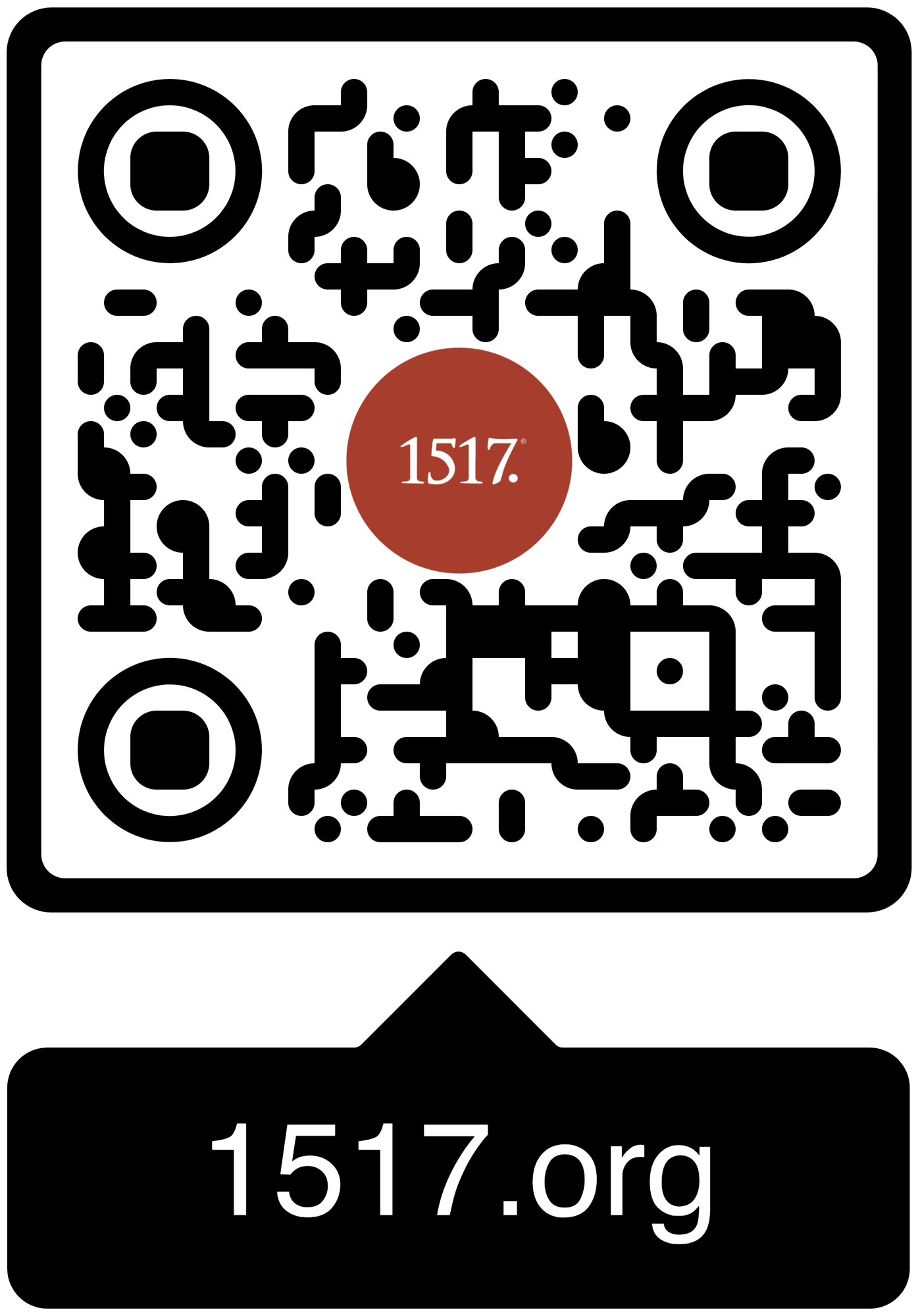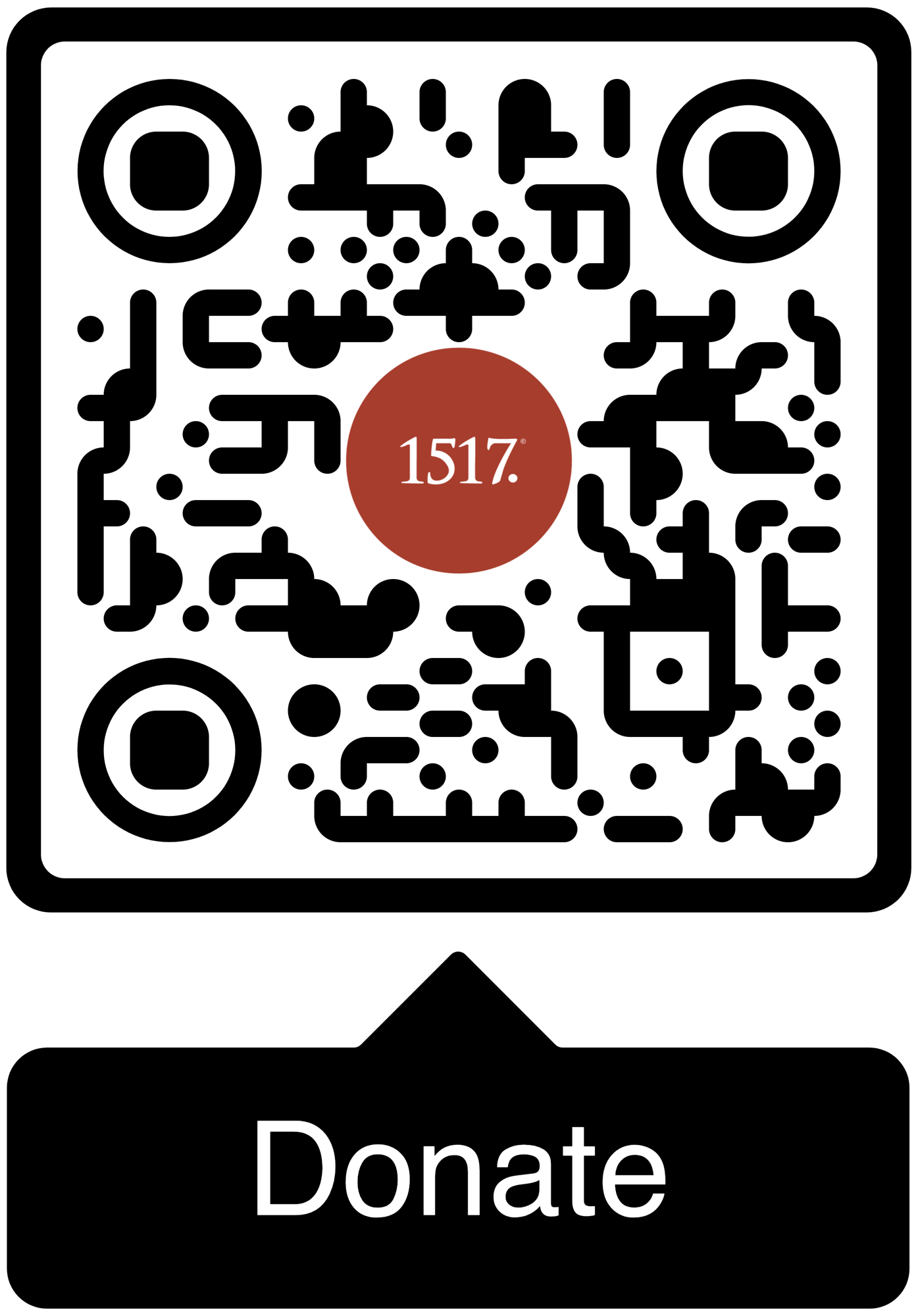Christian spirituality is not a flight from the world, but a deep dive into its brokenness.
09/17/25
At the end of the day, what do you want to be known for? Your opinions, or your Savior?
09/16/25
Charlie Kirk’s murder is a reminder that Christians will be hated for what we believe, teach, and confess about this sinful world and because of the God who has died and risen to save it.
All Articles
Author
- All Authors
- 1517 Guest Contributor
- 1517 Publishing
- 1517 Staff
- A. A. Just Jr.
- A.J. Vega
- Aaron Boerst
- Adam Francisco
- Adam Stetson
- Amy Mantravadi
- Andrew Foss
- Anthony DiLiberto
- Blake Flattley
- Bob Hiller
- Bob Sundquist
- Bonnie Petroschuk
- Brad Soenksen
- Bradley Gray
- Brandon Hanson
- Brandon Pangman
- Brennan Manning
- Brian W. Thomas
- Bror Erickson
- Bruce Hillman
- C.S. Lewis
- Caleb Keith
- Chad Bird
- Charles E. Fry
- Christopher J. Richmann
- Cindy Koch
- CJ Armstrong
- Craig Donofrio
- Dan Chrismer
- Dan van Voorhis
- Dan Weber
- Daniel Deen
- Daniel Emery Price
- Daniel Stenberg
- David Clay
- David Rufner
- David Schmitt
- Debi Winrich
- Delwyn Campbell
- Dominick Santore
- Donavon Riley
- Edward Killian
- Elyse Fitzpatrick
- Erick Sorensen
- Gage Jordan
- Gerhard Forde
- Grant Klembara
- Greg Koukl
- Gretchen Ronnevik
- Haroldo Camacho
- Hermann Sasse
- Jacob Corzine
- Jacob Smith
- Jake Allstaedt
- Jared C. Wilson
- Jason Lane
- Jason Lang
- Jason Oakland
- Jay Sawrie
- Jeff Mallinson
- Jeffrey Pulse
- Jenifer Mohan
- Jessica Delgado
- Jessica Thompson
- Jim Nestingen
- Joel Fitzpatrick
- Joel Hess
- Joey Goodall
- John Bombaro
- John Bortulin
- John Chrysostom
- John T. Pless
- John W. Hoyum
- John Warwick Montgomery
- Jonathan Ruehs
- Jordan Spina
- Joshua Miller
- Justin Rossow
- Karen Stenberg
- Kathy Morales
- Katie Koplin
- Kelsi Klembara
- Ken Sundet Jones
- Kerri Tom
- Kevin Hale
- Kevin McClain
- Kyle G. Jones
- Larry D. Hughes
- Laura Bauer
- Luke Kjolhaug
- Magnus Persson
- Mariah Coward
- Mark Jasa
- Mark Mattes
- Mark Pierson
- Martin Luther
- Matt Johnson
- Matt Kroelinger
- Matt Popovits
- Michael Berg
- Michael Gibney
- Nicholas Hopman
- Nicholas Kallis
- Norman Nagel
- Paul Dunk
- Paul Koch
- Pete Lange
- Peter Nafzger
- Philip Bartelt
- Preston Sprinkle
- Raleigh Sadler
- Rick Ritchie
- RJ Grunewald
- Robert Farrar Capon
- Robert Kolb
- Rod Rosenbladt
- Roland Ehlke
- Ron Hodel
- Ryan Couch
- Ryan Matthias
- Ryan Stevenson-Cosgrove
- Ryan Tinetti
- Sam Leanza Ortiz
- Sam P. Schuldheisz
- Sarah Crowder
- Scott Davis
- Scott Keith
- Scott Landrum
- Seth Moorman
- Steve Byrnes
- Steve Kruschel
- Steven A. Hein
- Steven Paulson
- StoryMakers NYC
- Tanner Olson
- Tate Barber
- Ted Rosenbladt
- Travis Scholl
- Tyler Cronkright
- Uwe Siemon-Netto
- Valerie Thur
- Wade Johnston
- Walter Hwang
- Wayne Sender
- Zack James Cole
08/11/21
For sinners who cannot seem to get out of their own way, Dane brings to bear the gospel of Christ’s heart, which aerates one’s spiritual lungs with undiluted grace.
08/09/21
Baptism is always valid because no unrighteousness or faithlessness on our part could ify God’s faithfulness.
08/03/21
Luther's response to Erasmus was not meant to be a polite contribution to an academic duel.
07/31/21
It isn’t that God struggles to believe our repeated cries of “wolf.” Rather, we struggle to believe God when he repeatedly comes to us with forgiveness and mercy on his lips.
07/30/21
The Psalms aren’t the clandestine successes of a faithful soul, but are the journaled hopes of a desperate soul — of one teetering on the edge of oblivion.
07/28/21
Luther’s allies and opponents also would not allow him to put off responding to Erasmus indefinitely. They badgered him constantly to write a response.
07/27/21
Faith is a living, bold trust in God’s grace, so certain of God’s favor that it would risk death a thousand times trusting in it.
07/23/21
This is an excerpt from the introduction of “Urchin at War: Volume 1” by Uwe Siemon-Netto (1517 Publishing, 2021).
07/22/21
Jesus did not need a single act of mercy to get him started on the road to mercy, his essence was by nature merciful.
07/21/21
Through the often abominable and lamentable and occasional commendable season, there is one who remains unmoved by it all.
07/15/21
Blessed are we, for we are filled by the cornucopia of Christ’s righteousness.
07/14/21
God’s love is axiomatic; it just is. It’s a truism without a logical explanation.
1517 is a Christian non-profit (501(c)3) multi-media organization. Our mission is to declare and defend the Good News that we are forgiven and free on account of the death and resurrection of Jesus alone.





1517 grants permission for our free online resources to be printed, photocopied, and otherwise used freely for private and church use. We require that authorship and source (1517.org) are referenced and maintained. These resources may not be sold or included in any publications for sale.


.jpg?width=700&height=555&name=Charlie_Kirk_(54670961901).jpg)